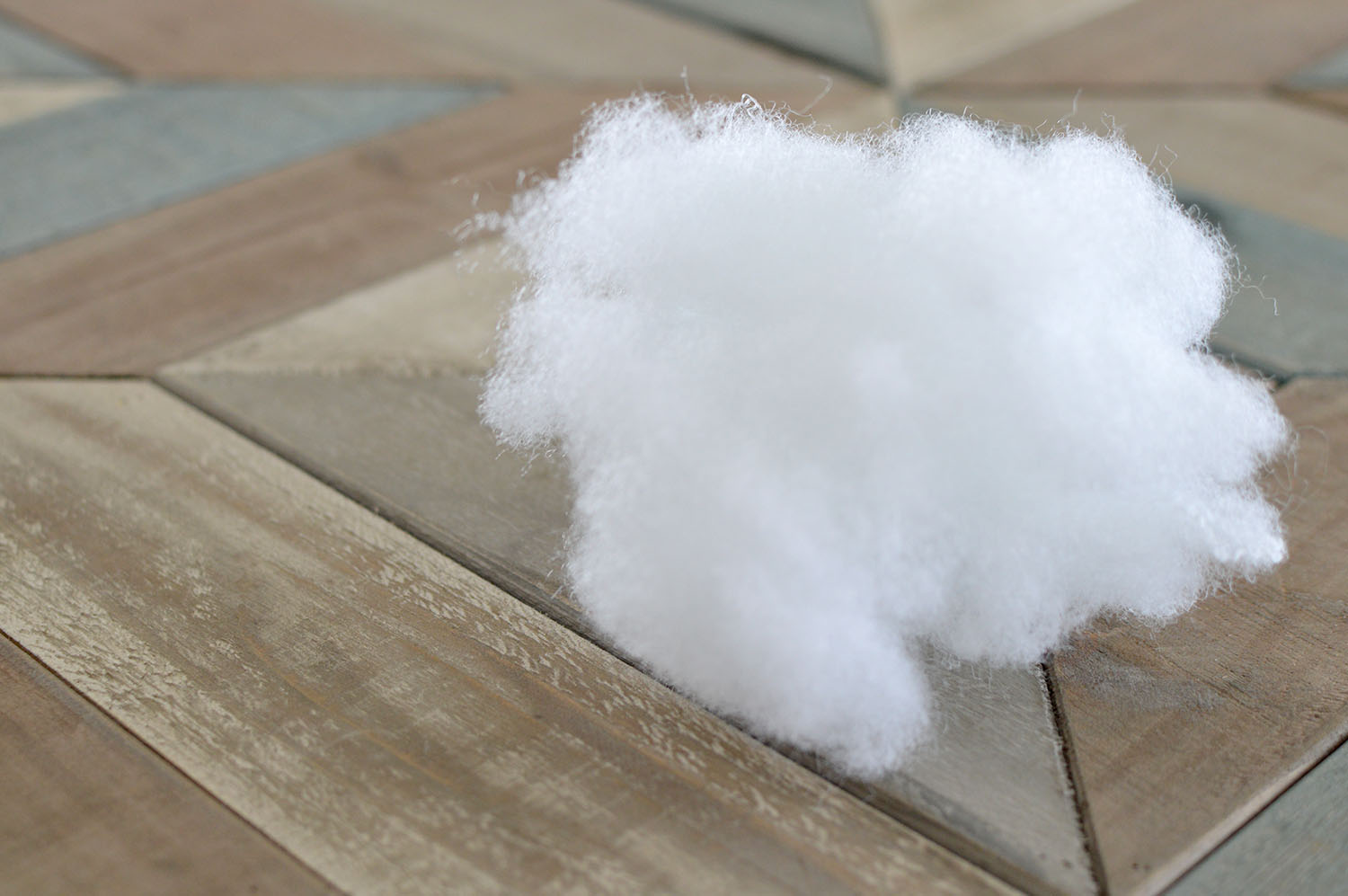Hello! Welcome to Tutorial Tuesday!
Today, I thought I’d give you a quick checklist of needle felting supplies and a little bit about the basics of needle felting.

The tools
- Felting Needle(s)
- Felting Surface
- Wool or other fiber
The list of tools is short, but there’s a lot of available variation.

Let’s talk about needles. Felting needles are very sharp (and cause a lot of pain if you stab yourself). They have little barbs at the end to grab the fiber and entangle it.
 Felting is simply matting fibers together by heat, moisture, or friction and pressure. I will show you how this is done in a later tutorial.
Felting is simply matting fibers together by heat, moisture, or friction and pressure. I will show you how this is done in a later tutorial.
Fun fact: felting needles are not actually designed for manual use. They are designed to be used in felting machines with thousands of needles. Because of this, they are not really very comfortable to hold unless you use a multi tool, as is pictured above.
Needles come in different shapes: triangle, star, and spiral; and different gauges: 32, 36, 38, 40, 42– the larger numbers are for finer details. Each of the shapes and gauges have a specific purpose, but I think a good all-purpose needle is 38T (38 gauge, triangle shape).
You can use a single needle, or a tool that holds multiple needles, depending on personal preference and the type of project you are working on. You will have most control with a single needle.

Next, you need a felting surface. There’s pretty much only two different surfaces used to protect your table (or lap) and your needles: foam or tightly compacted bristles. I have only ever used foam: camping foam, specific felting foam, and even couch cushions.

Finally, you’ll need some sort of fiber for felting. This is where there’s the largest array of variations. For most of my projects, I use wool roving. The dyed stuff is usually merino. The more natural colored wool is usually a coarser wool like Corriedale. Raw curls can be used, making some interesting textures (Santa’s beard, for instance). You can use silk and even synthetic fibers. You could even unravel acrylic yarn and use that fiber to felt with.

If you are doing 3-dimensional pieces, I recommend either core wool or polyester stuffing. These are not necessary, though; you can make an entire piece with your outer wool. Core wool and stuffing are much less expensive than other wool,though, which is why they are a good tool to have.

It is relatively inexpensive to get started with needle felting. I would suggest picking up an inexpensive kit to experiment with. They usually come with a small block of foam, a needle, and some wool. You may even find some kits with everything to create a 3-dimensional object. Someday, I may offer some starter kits. Would you be interested in something like that?
Needle Felting Basic Supplies at a glance



Leave a comment